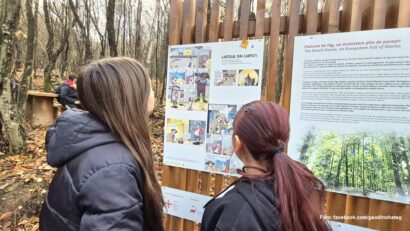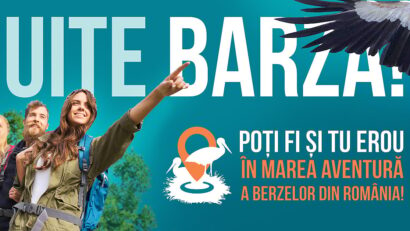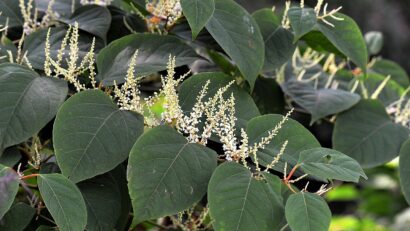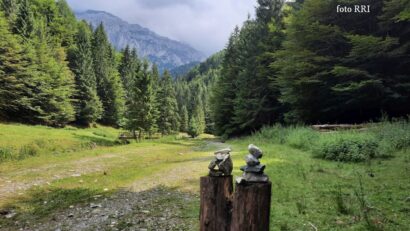European Bison in Romania
Since the second half of the 20th century, European bison have been gradually reintroduced into a few forests in Europe
România Internațional, 28.04.2017, 12:03
The European bison, the largest land mammal in Europe, has suffered a great deal because of poaching and the fragmentation of the habitat. It became extinct in the wild in Western Europe as early as the 11th century, only 50 European bison having survived across the world. Since the second half of the 20th century, European bison have been gradually reintroduced into a few forests in Europe. After a lapse of about 200 years, the European bison was reintroduced in Romania too in 1958, when the first reserve was set up in Silvut, the Hateg Land, in the West. 10 years later, another reserve was opened as part of the Vanatori Neamt Natural Park, in the Eastern region of Moldavia. In 1983, another reserve was established in Bucsani, Dambovita County, in the South, boasting the largest number of European bison in this country.
Last year, there were 32 adult European bison and 5 calves in that reserve. In 2008, another reserve was set up in Vama Buzaului village and in 2012, World Wide Fund for Nature Romania and Rewilding Europe undertook the initiative of reintroducing European bison into the Tarcu Mountains; the first transport took place in May 2014. Ever since, in spring or early summer, more European bison have been brought over from reproduction centers and nature reserves in Europe, from countries like Belgium, Germany, Italy or Sweden. There is also a plan to repopulate the Poiana Rusca Mountains with European bison. At present, there are 25 free-roaming European bison in the Tarcu Mountains and 29 European bison in the forests in Moldavia. For six years now, the board of the Vanatori Neamt Natural Park has been successfully implementing a programme of releasing those animals back into the wild.
Sebastian Catanoiu, the manager of the Park explains:
“This is the only place in Romania where the European bison can be found in the wild, in a semi-wild condition as well as in captivity. We have 7 European bison at the zoo that is open to the public all year round, 13 bison that are in a reserve ready to be reintroduced into the wild and another 29 that were set free this spring. Starting 2012 we have released bison every year. All this time the bison have explored around 60 thousand hectares and have even crossed the parks borders. Some of them got close to the storage lake in Bicaz, others have already crossed the county border to Suceava. Semi wild bison have a reserve of 180 hectares, where they are being prepared to be released into the wild and they are only fed in winter. In summer they have to find food by themselves, so that when they are set free they should be able to survive on what they can find around. Of the 29 bison that live into the wild, 6 were born there and have never had any contact with people, so they are 100% wild.”
Besides the bison reserve near the Vanatori Neamt Natural Park, there is the Silver Forest, a combination of forest and landscape reserve. It covers 2.4 hectares and is made up of mostly birch trees. The forest boasts trees over 100 years old, but also younger trees of 20 to 40 years. The Copper Weed Forest reserve is also located in this area, stretching on 10.2 hectares. It boasts beautiful species of plants and a lot of secular durmasts. The Emerald Forest, also known as the Dumbrava Oak Reserve covers 56.6 hectares and boasts centuries-old oaks and over 200 species of vascular plants.
Vama Buzaului is a picturesque village at the foot of the Ciucas Mountains in Brasov county. The newest bison reserve is also located here, home to bison that will be reintroduced into the wild in the following years, as Tiberiu Chirilas, the mayor of Vama Buzaului told us:
“This reserve has two components. As in the case of any reserve, its purpose is to save this species and repopulate the area with it, while a second component is the tourist one, which is quite successful. Last year, for instance, around 14,000 people visited the reserve. It was set up in 2008, when we received 10 bison and now, in 2017, we have 37. We have requests to provide some of these animals to repopulate other areas. For instance WWF Romania sent us such request, as they want to repopulate an area in Caras Severin. At present our reserve stretches across 11 hectares and we plan to extend it by another 80. This extension is necessary if we want to reintroduce these animals into the wild. These extra 80 hectares will make up a semi-wild area for bison, an area where they are prepared to live as wild animals again.”
The Vama Buzaului mayor wants to make available to tourists some of the households in the village, for agro-tourism, with the help of EU funds. This way, tourists will have the opportunity to take part in the daily activities of the locals, which is a very good way of promoting local traditions:
“I would like agro-tourist guest houses in Vama Buzaului to be able to host tourists who want to see the reserve and also spend a few days here. Besides the reserve, also worth visiting is the Urlatoarea Fall, close to the bison reserve. Also, we have mountain tracks leading to Mount Ciucas and the old customs entry point, which we plan to turn into a museum.”
The Ciucas Massif is part of the Curvature Mountains and is unique due to its specific rocks and its remarkable biodiversity. It boasts 22 habitats of community interest, over 12 hundred species of plants and several thousand hectares of virgin forest, accounting for 22% of the forestry real estate in the area.

